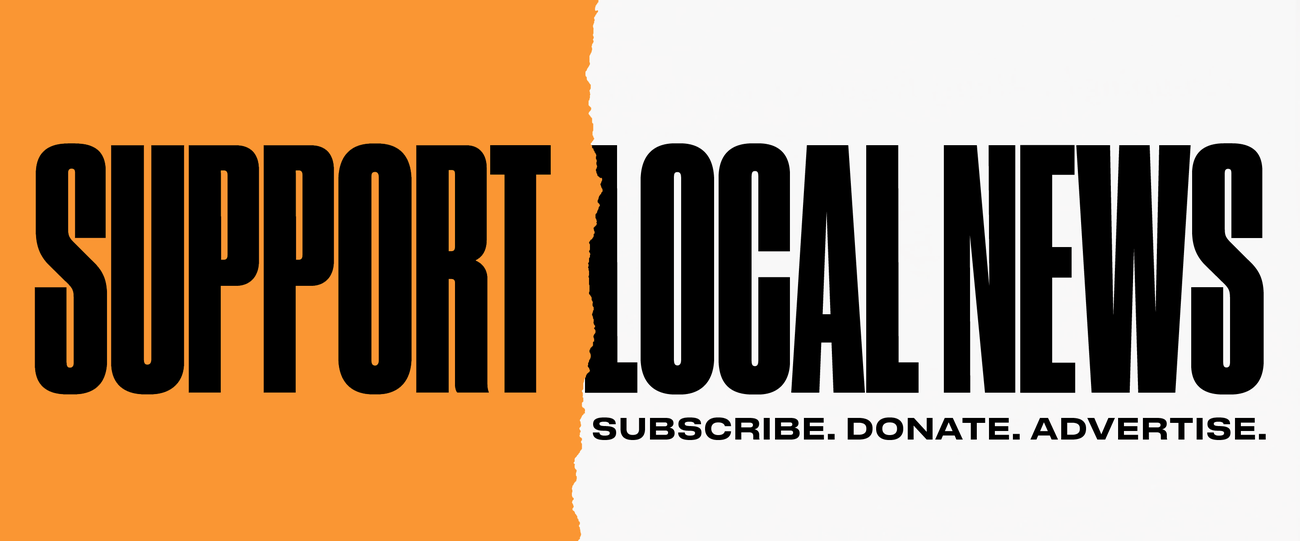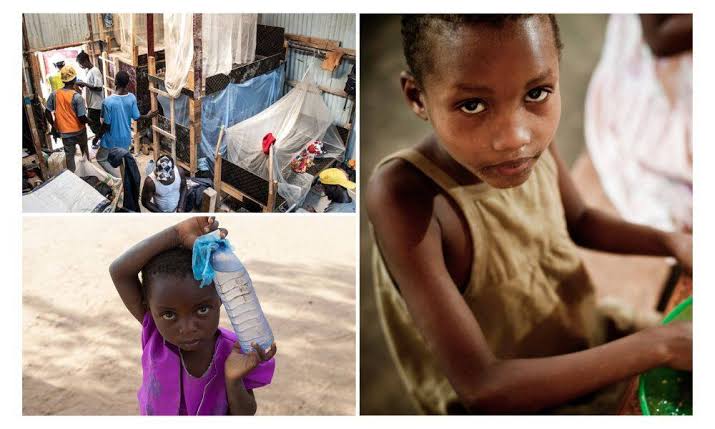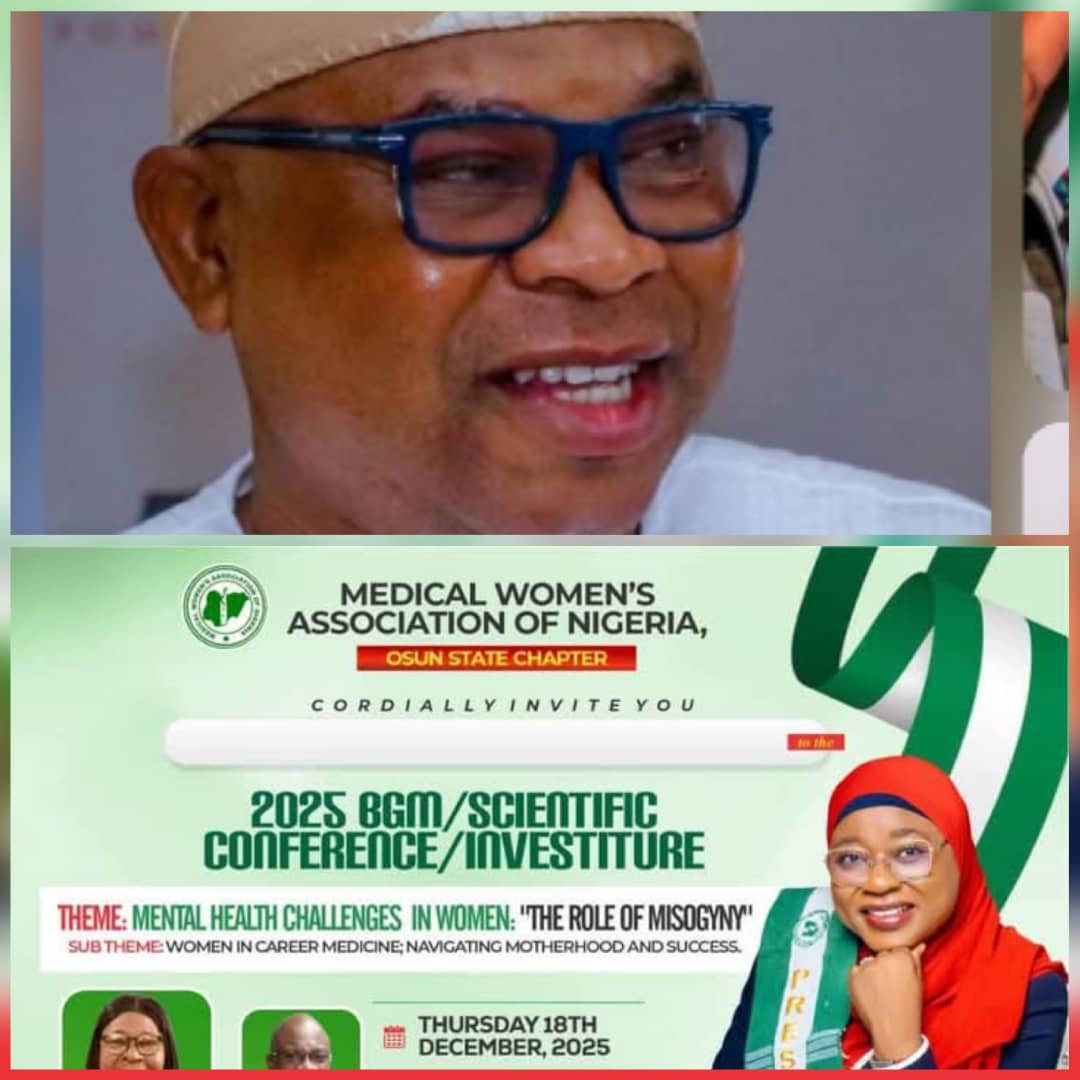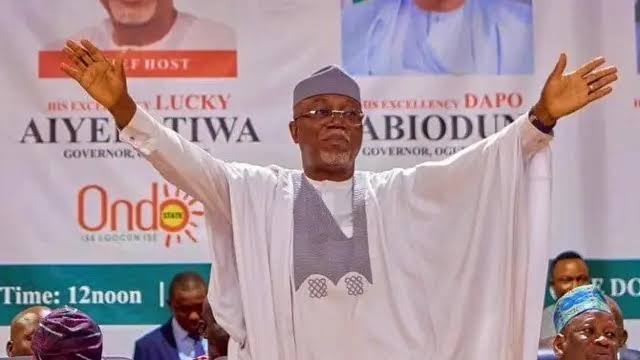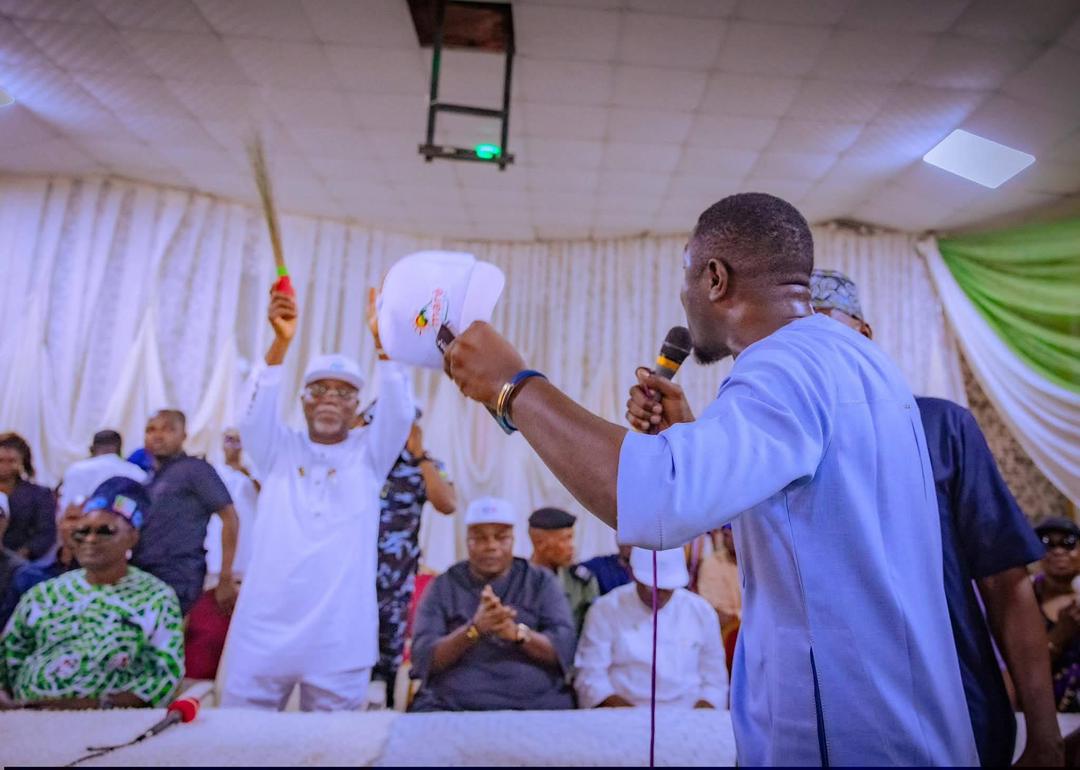VOICE AIR MEDIA
The National Bureau of Statistics, NBS says Ondo state has lowest poverty rate with 27 percent in Nigeria.
NBC also said 63% of persons living within Nigeria (133 million people) are multidimensionally poor.
This is contained in its extensive national measure of multidimensional poverty launched on Thursday in Abuja.
The Federal Government of Nigeria through the National Bureau of Statistics Thursday launched the report which is the results of the 2022 Multidimensional Poverty Index (MPI) Survey carried out by NBS and development partners.
This survey was a collaborative effort between the National Bureau of Statistics (NBS), the National Social Safety-Nets Coordinating Office (NASSCO), the United Nations Development Programme (UNDP), the United Nations Children’s Fund (UNICEF), and the Oxford Poverty and Human Development Initiative (OPHI).
According to the survey, the National MPI is 0.257, indicates that poor people in Nigeria experience just over one-quarter of all possible deprivations, 65% of the poor (86 million people) live in the North, while 35% (nearly 47 million) live in the South.
The survey, which sampled over 56,000 households across the 36 states of the Federation and the FCT, was conducted between November 2021 and February 2022, and provides multidimensional poverty estimates at senatorial district level.
Highlights of the 2022 Multidimensional Poverty Index survey reveal that: 63% of persons living within Nigeria (133 million people) are multidimensionally poor.
Poverty levels across States vary significantly, with the incidence of multidimensional poverty ranging from a low of 27% in Ondo to a high of 91% in Sokoto.
The report further indicates that over half of the population of Nigeria are multidimensionally poor and cook with dung, wood or charcoal, rather than cleaner energy.
It further shows that high deprivations are also apparent nationally in sanitation, time to healthcare, food insecurity, and housing.
In general, the incidence of monetary poverty is lower than the incidence of multidimensional poverty across most states.
Across the geo-political zones, the child MPI shows higher poverty in the North-East and North-West (where 90% of children are poor) and lower poverty in the South-East and South-West (74% and 65.1% respectively). CONTINUE READING…
